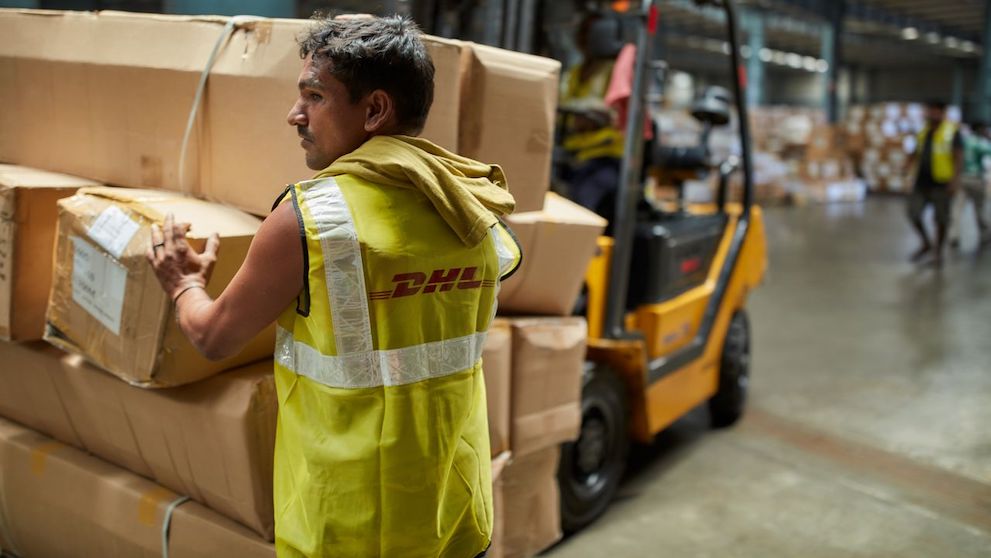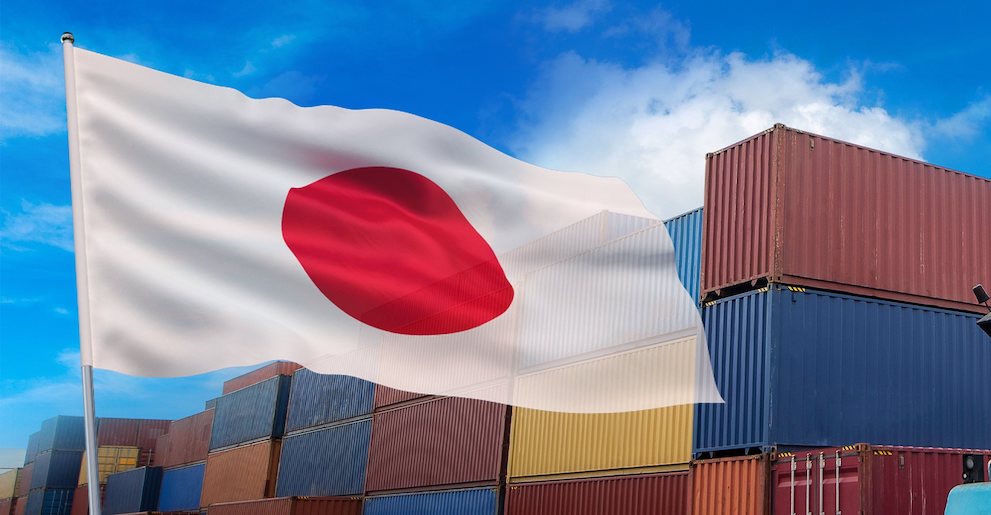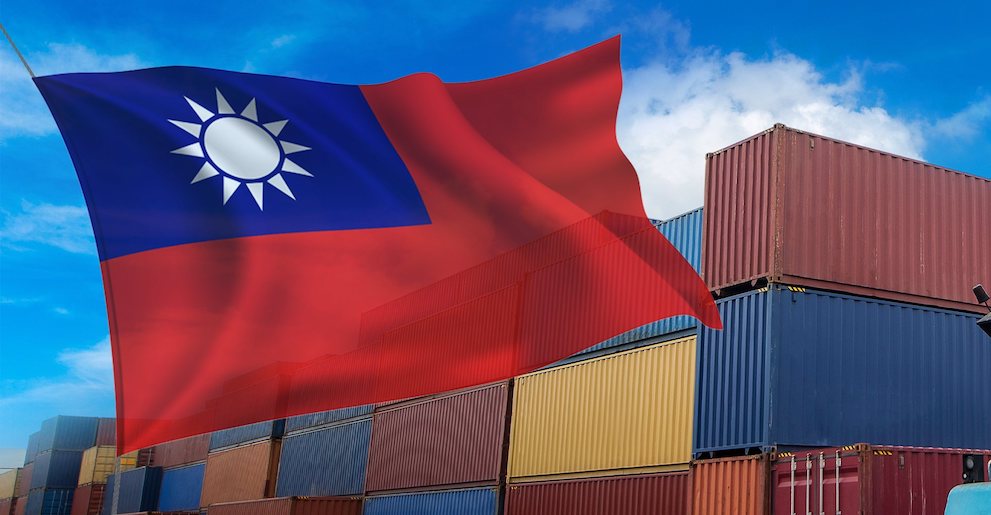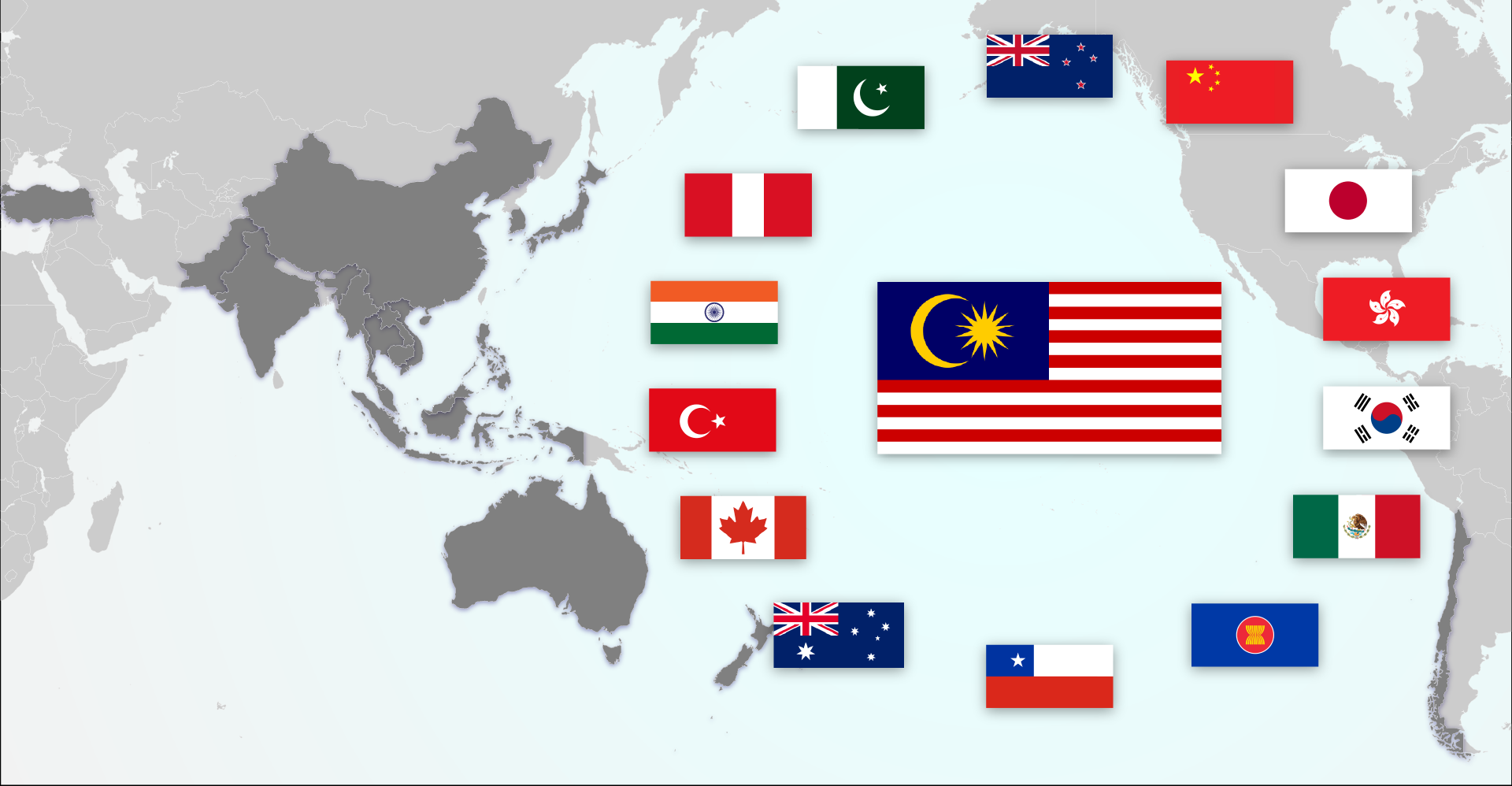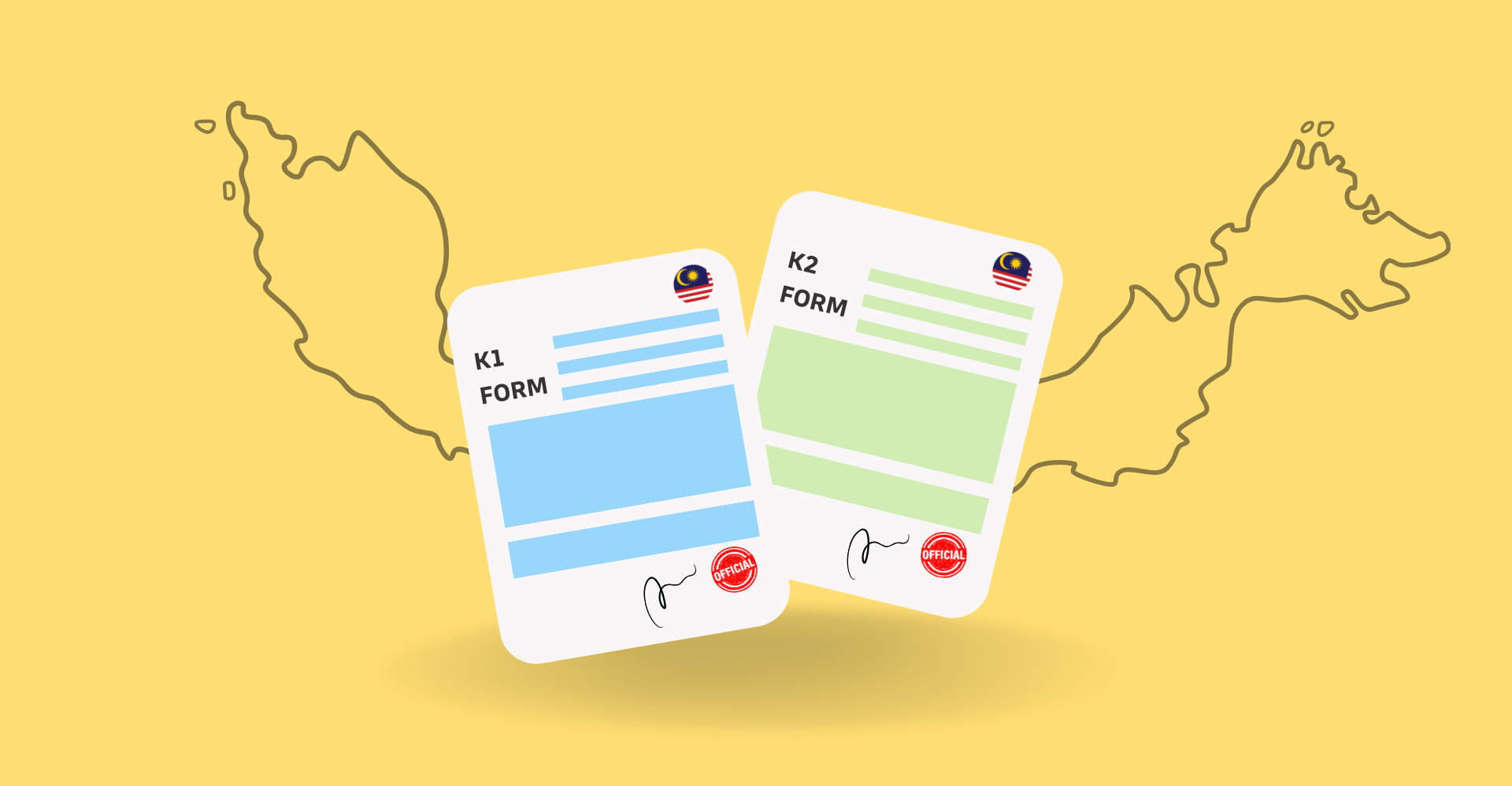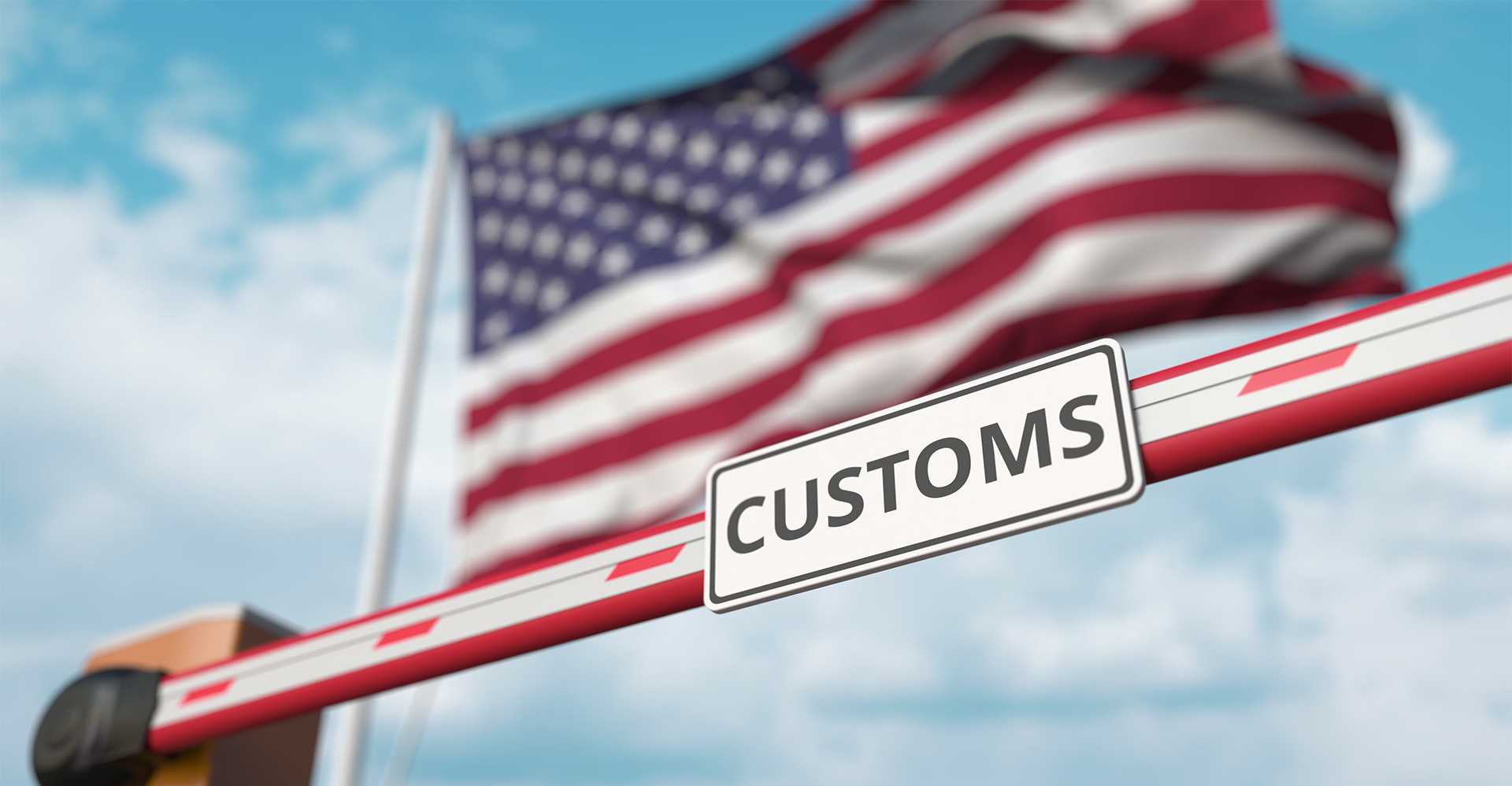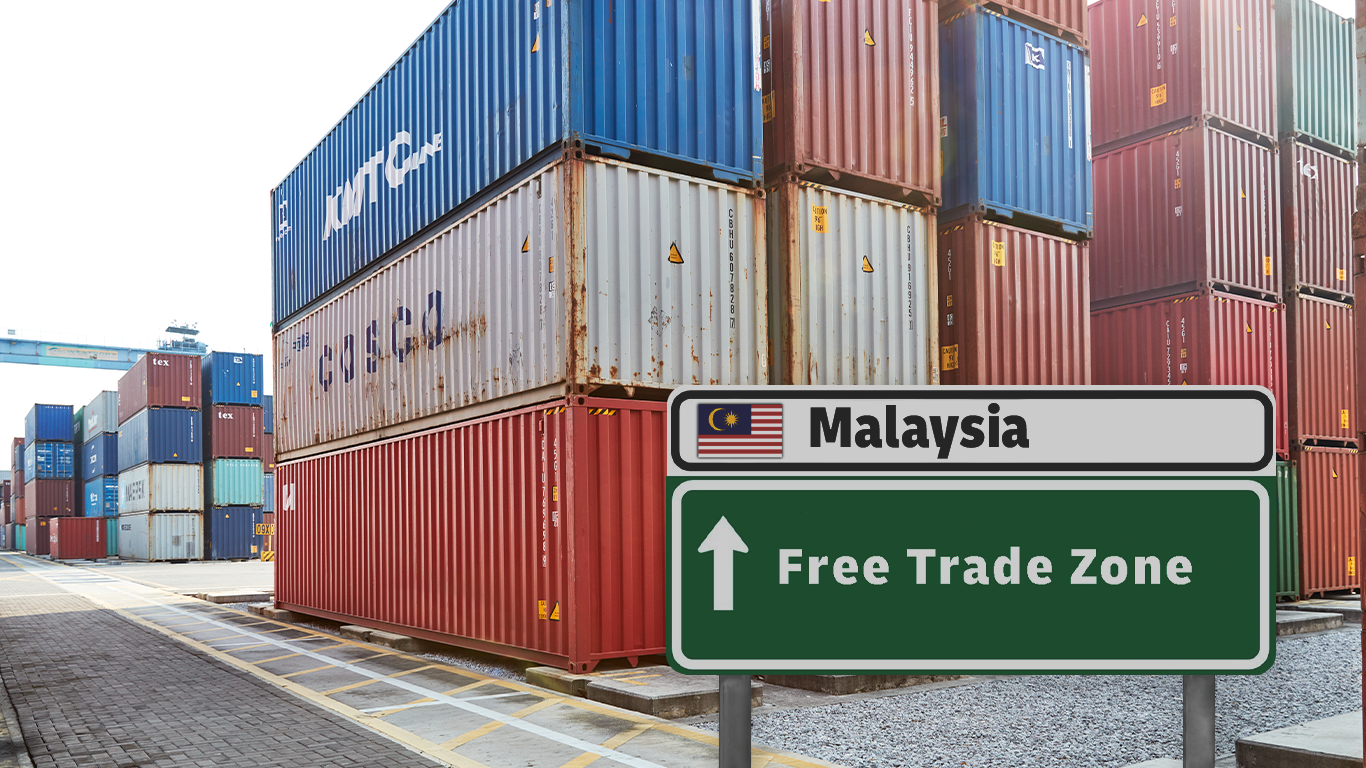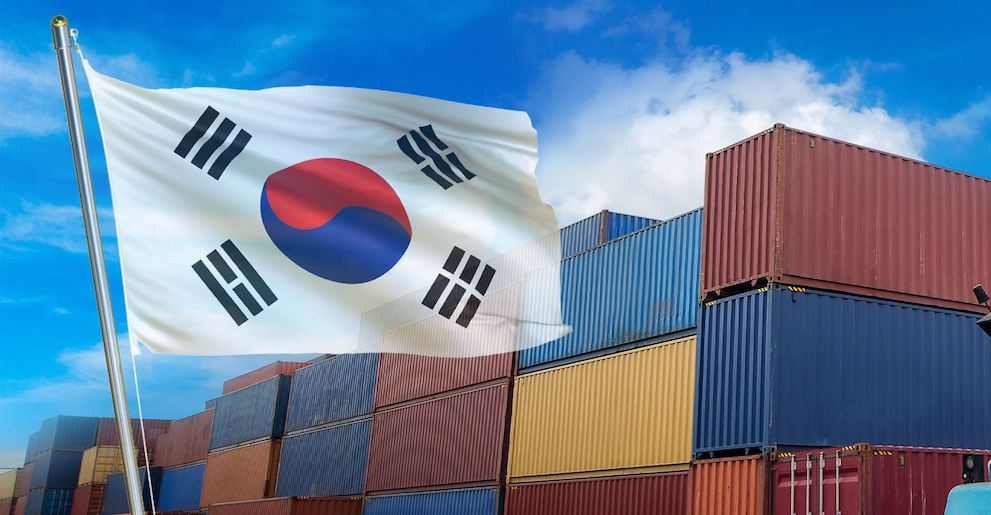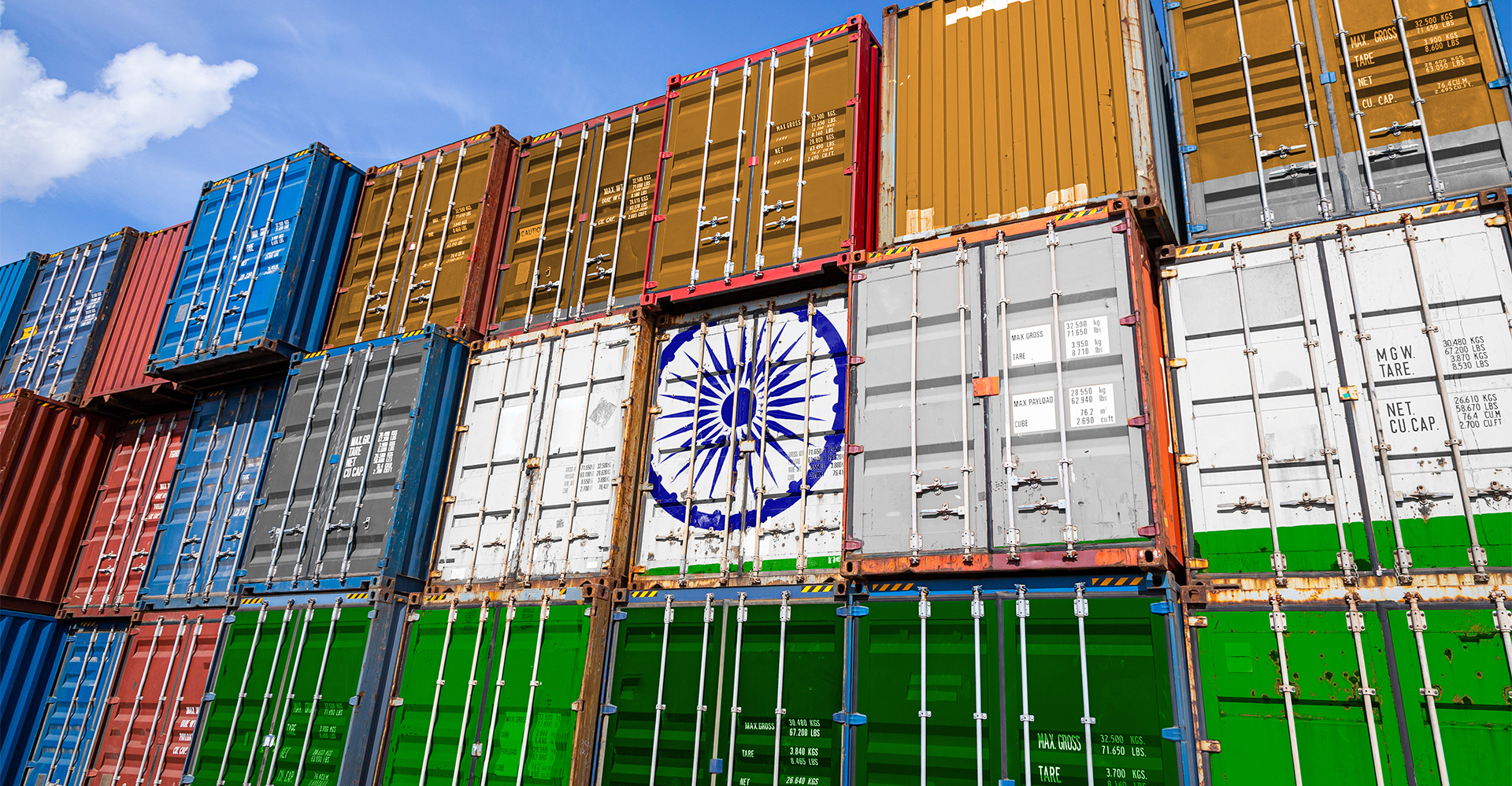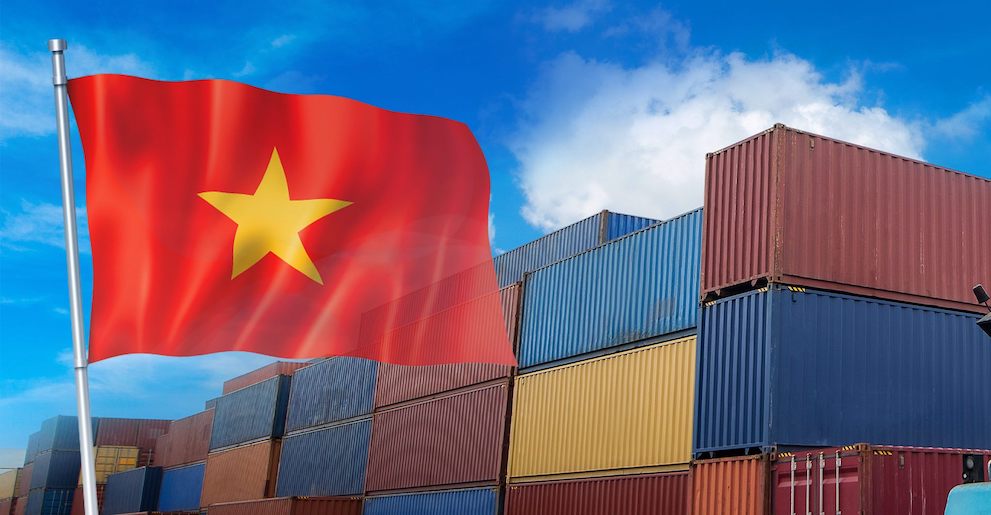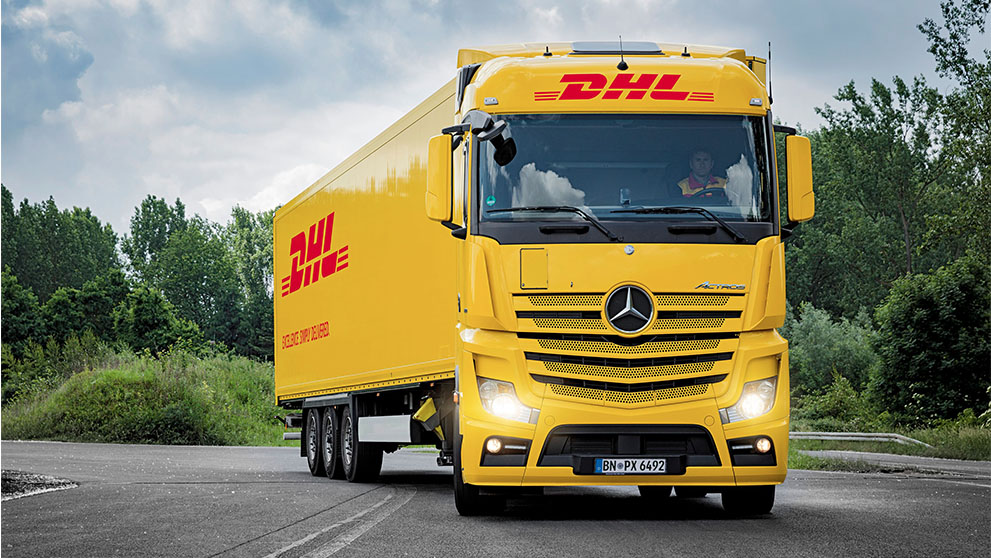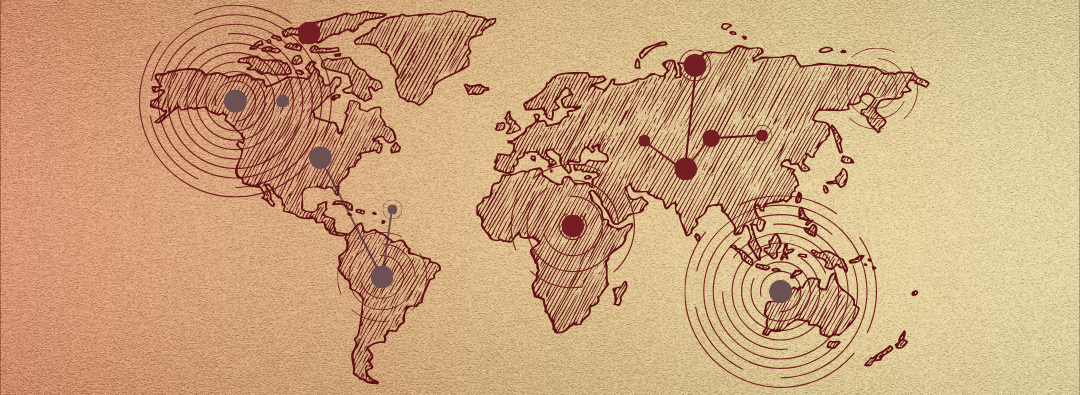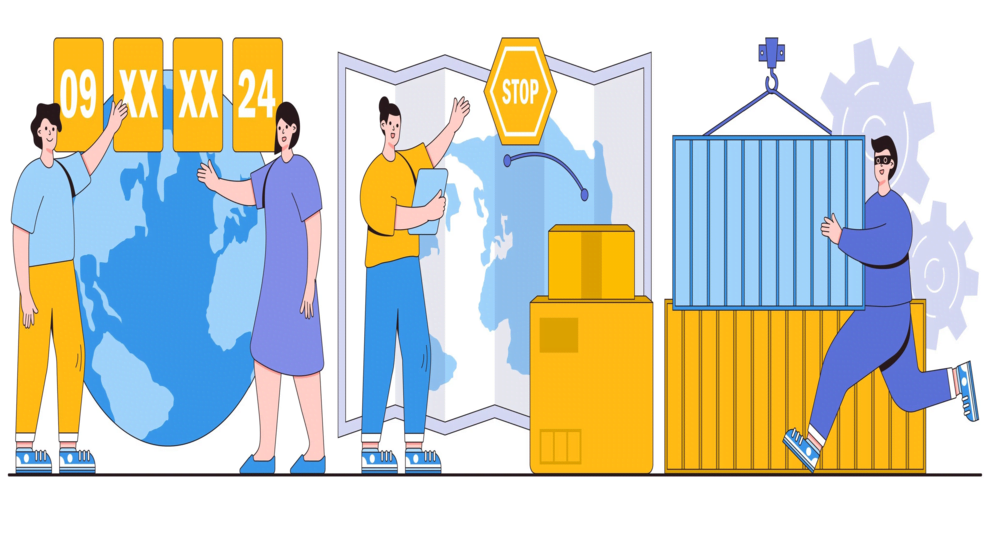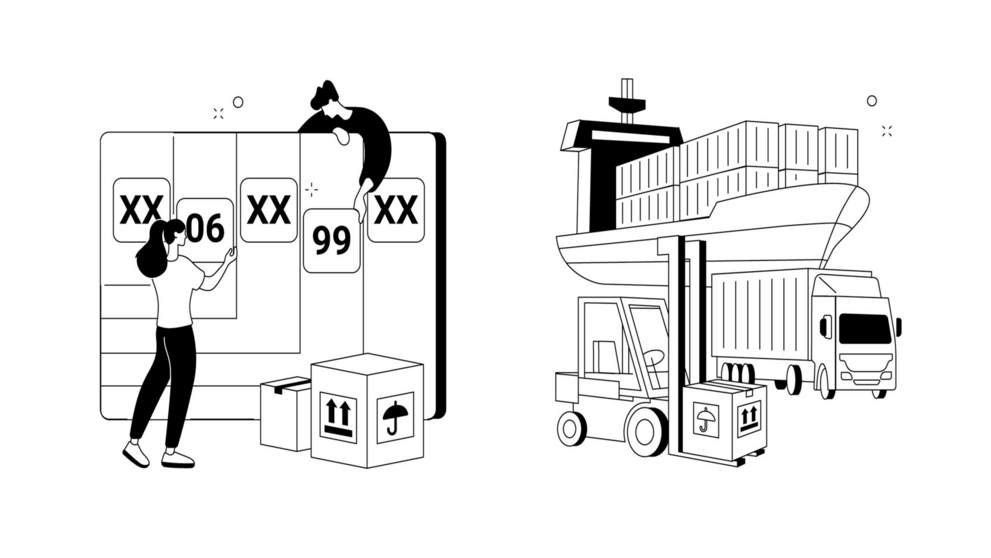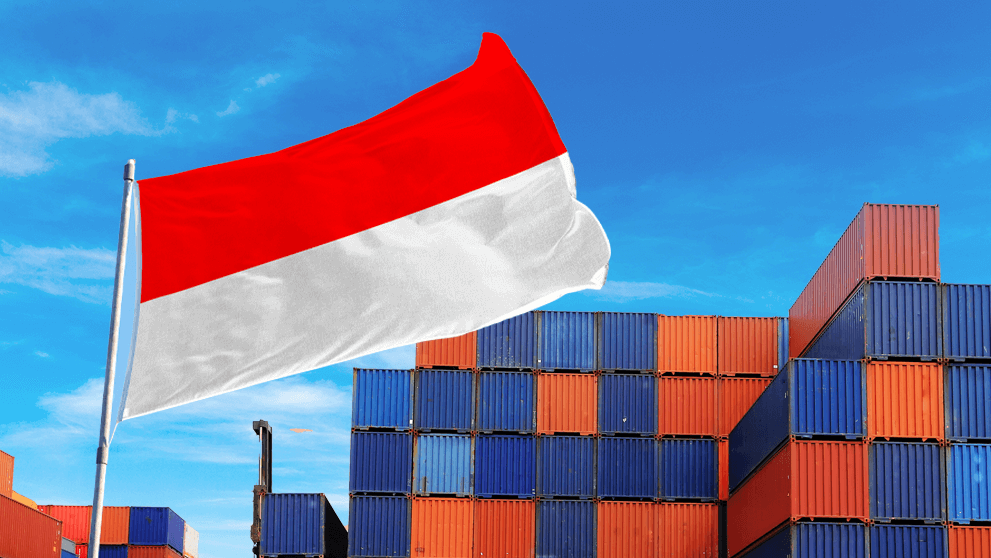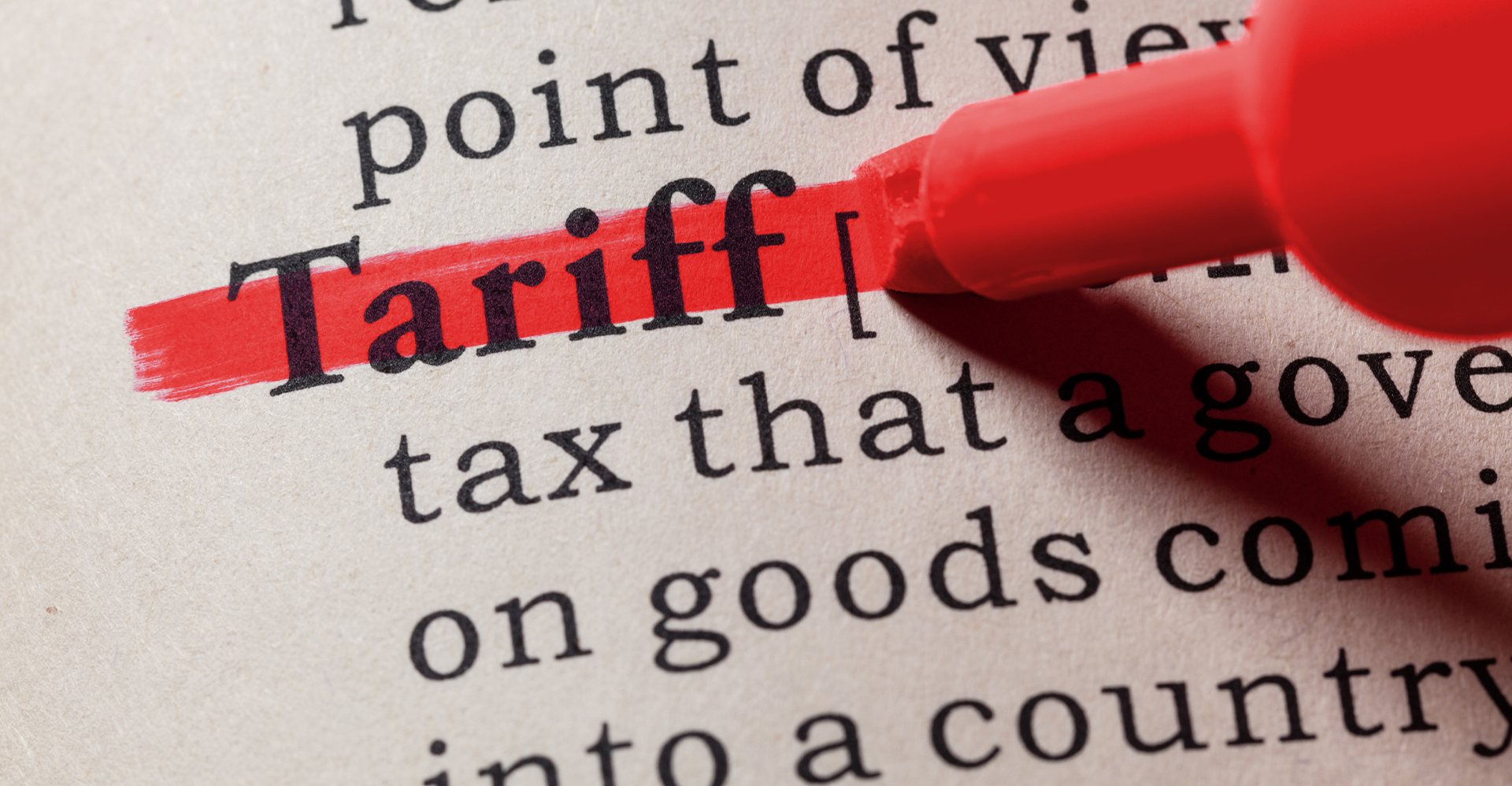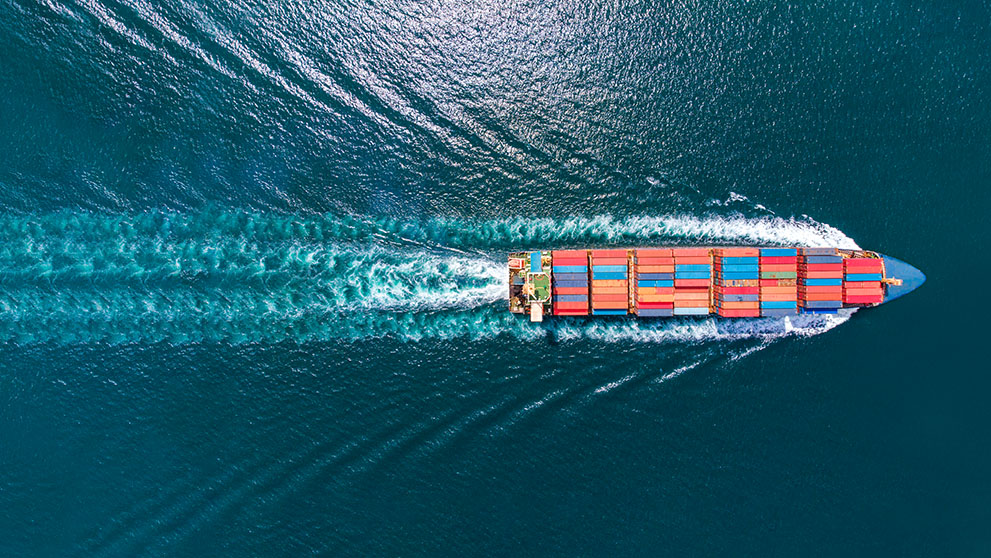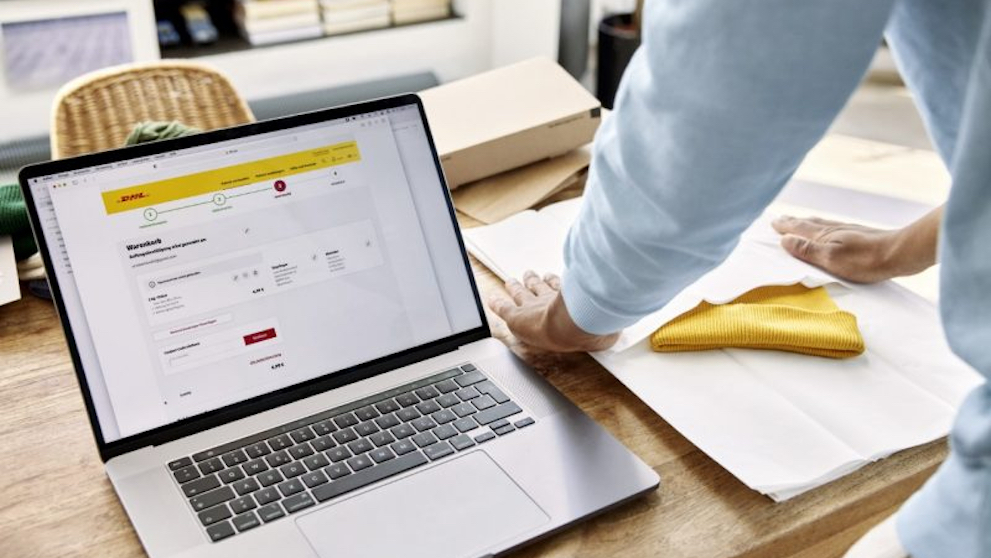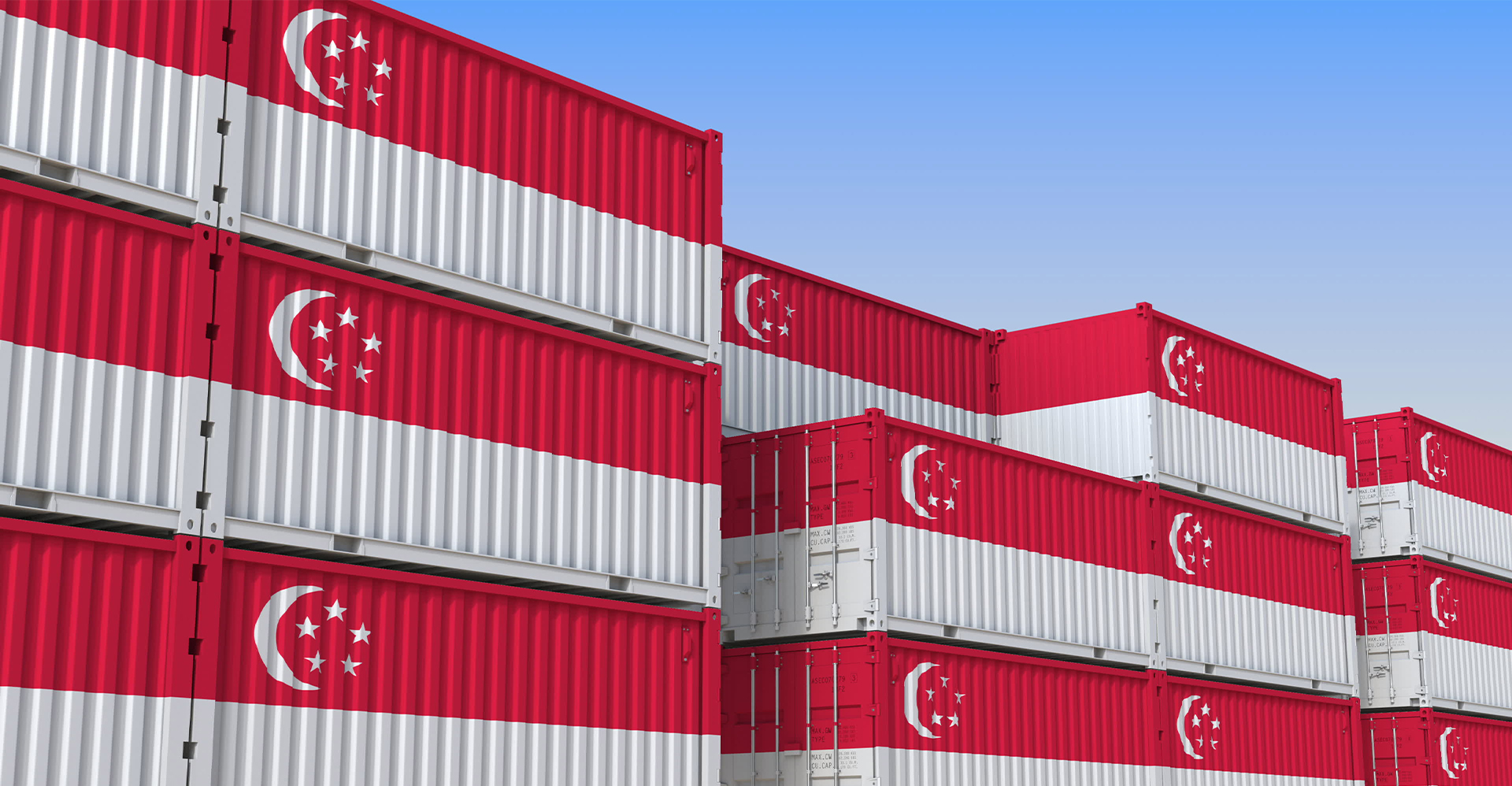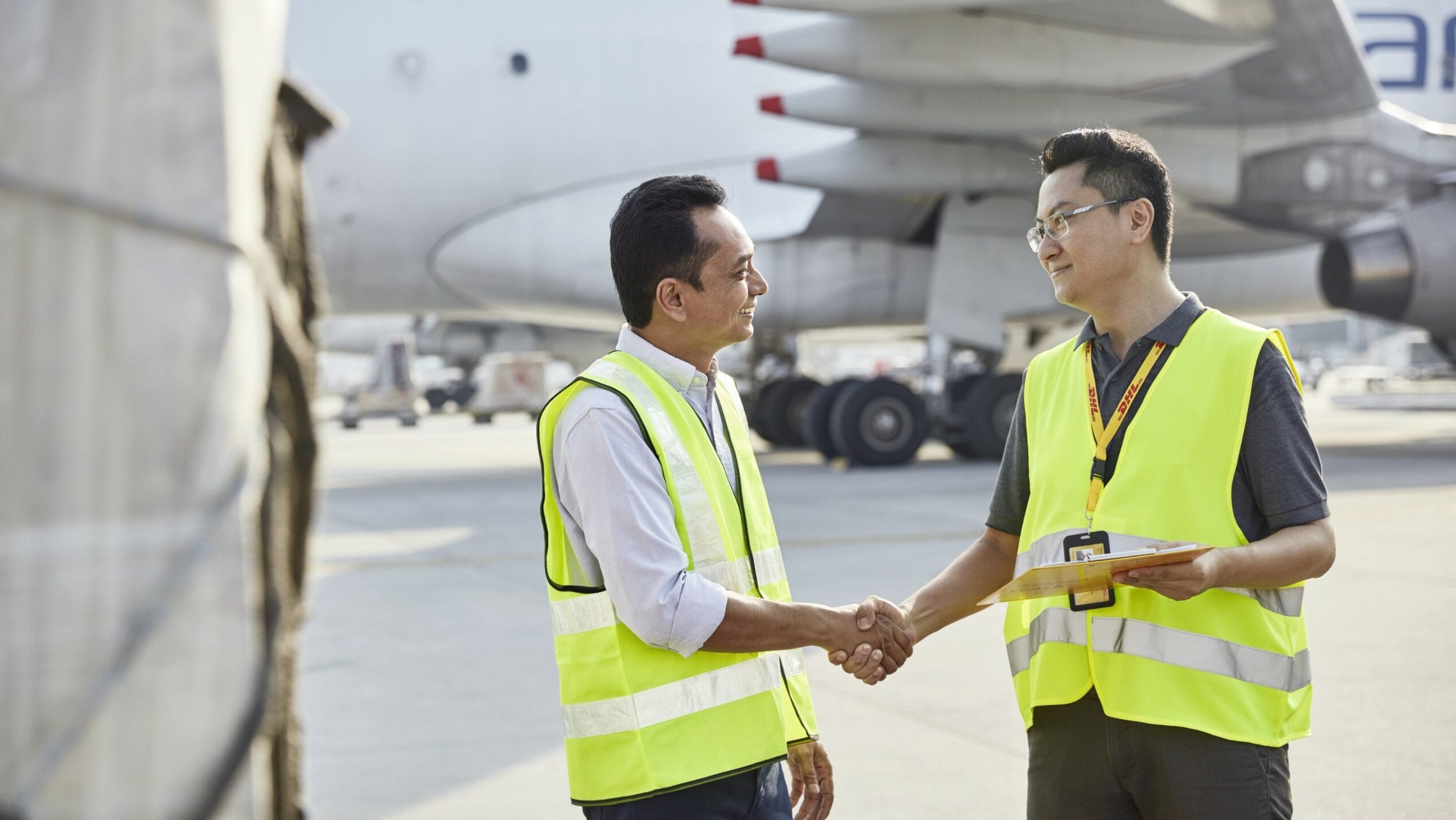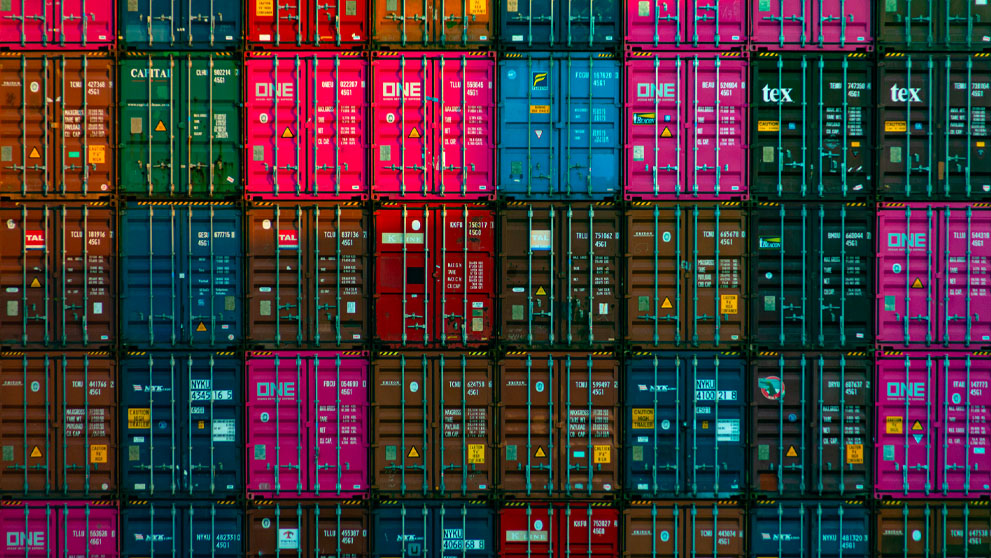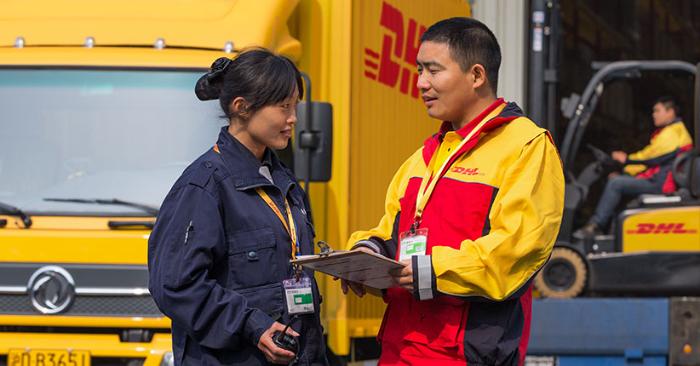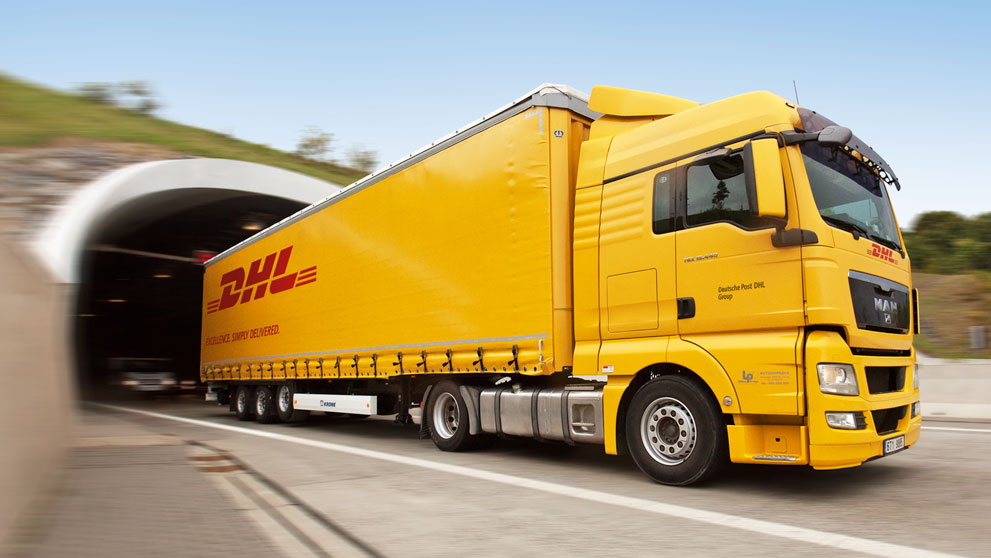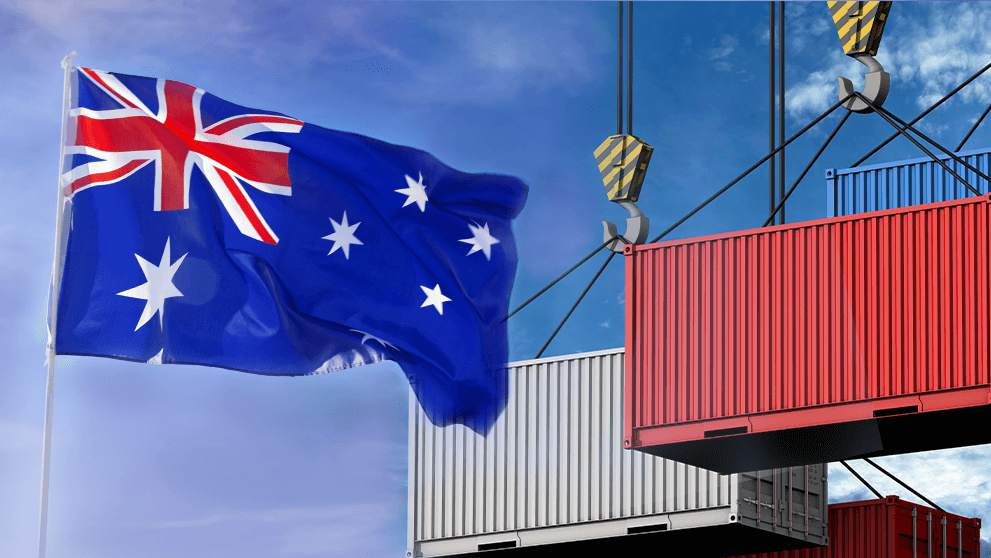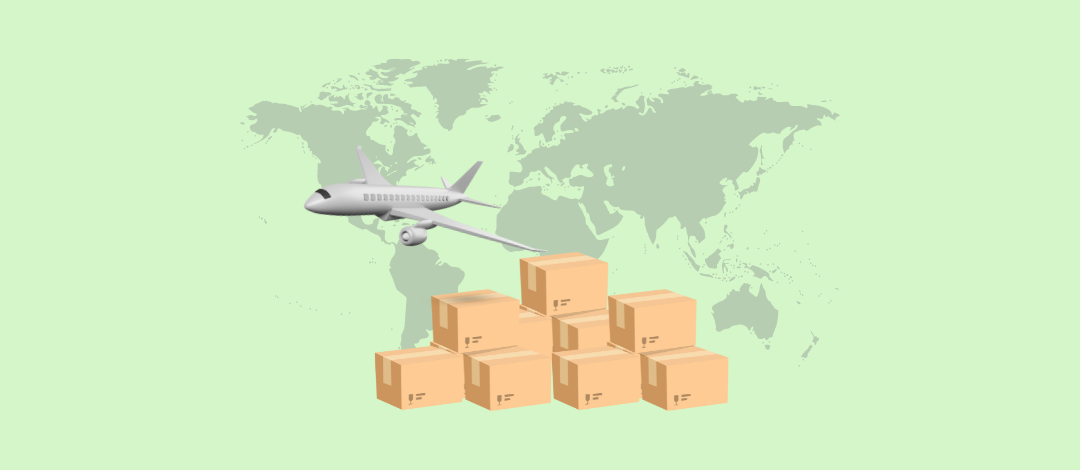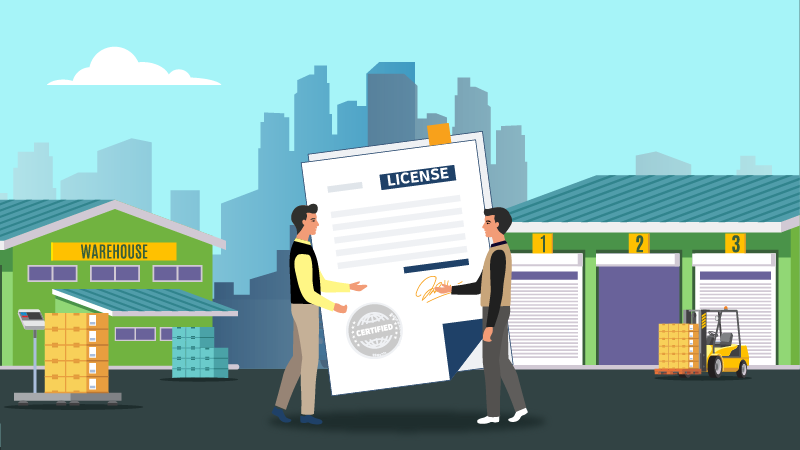
Customs clearance process: 3 easy steps
Clearing customs is the procedure where goods are moved through customs. This process ensures goods are checked and verified before they are allowed into the respective countries. There are several benefits to international customs, including the prevention of illegal or dangerous items being smuggled and for countries to financially gain from the taxing of goods.
To facilitate the process of inspection, countries put in place a set of laws that shippers need to adhere to have their goods allowed entry into the country. Malaysian businesses planning on exporting internationally have to do thorough research on their destination country's regulations to have their goods successfully clear customs and reach buyers. To adequately prepare for custom clearance importers and exporters need to prepare the necessary shipping documents and apply for the necessary permits for certain products.
Importers and exporters, however, might find it a challenge to navigate the sometimes complex procedures involved in customs clearance. In this article, we provide a comprehensive guide to the customs clearance process in Malaysia.
Steps involved in customs clearance
1. Examination of customs paperwork
The first step in ensuring that your goods can successfully clear import and export customs, is researching your export destination’s list of laws and regulations. Through this, you can understand the essential shipping documents you are required to prepare. For example, if you are importing goods into Malaysia, you would need to prepare the following: import declaration, bill of lading, invoice, air waybill and packing list. For specific products, you would also have to apply for an import licence and certificates of origin.
It’s also important to take note that both the countries you are exporting out of and importing into might require shipping documents, and these lists may vary. Only upon the submission of the right documentation, will your goods be successfully cleared by customs officials along the supply chain route. Ensure you have accurately provided information about your package’s content. Find out what are the import and export documents required for customs clearance.
2. Calculating duties and taxes
Paying duties and taxes is an important component of shipping your products internationally. To ship into Malaysia, first understand duties and taxes of Malaysia; businesses need to calculate and pay import duties, excise duties, sales tax (SST) and Goods and Services Tax (GST). Malaysian import tax usually ranges between 5 to 10%.
The taxes you are required to pay for a specific product also depends on its Harmonised System (HS) code – a system used internationally to categorise products and determine the rate of taxes and tariffs of goods. It was created by the World Customs Organisation (WCO) to categorise products for tax purposes. Identifying the right code for your product would ensure you avoid common mistakes involving HS codes, such as improperly classifying your products. However, should your shipment be below the de minimis rate of MYR 500 (US$115), there is no need to pay tax charges.
In Malaysia, shipments can only be fully cleared for release once all taxes and duties have been paid and checked by the proper authorities. Should there be any issues with the documentation or payments relating to the goods in question, the release of the shipment could take up to 48 hours after its arrival.
3. Making payment of duties and taxes
Once you have accessed the amount of taxes and duties that needs to be paid, you can then proceed to the payment stage of the customs clearance process. At this stage, it is crucial to understand if the arrangement is under Delivered Duty Unpaid (DDU) or Delivered Duty Paid (DDP). DDP refers to the seller having to pay for taxes and duties in advance, whereas DDU refers to the buyer having to pay taxes and duties as the shipment arrives at customs. Only once you have calculated any additional costs and duties, can you pay these fees accordingly and proceed with the customs clearance process.
For general queries regarding Malaysian custom clearance, read our FAQs here.
Your shipment clears customs once all duties are paid
Once customs clearance is complete, your chosen courier service transports the shipment from customs to the end-destination. The time taken for this depends on the service you choose with your logistics provider.
With customers expecting speedy and safe deliveries, opting for carriers that offer same-day delivery or next-day shipping can go a long way in cementing customer satisfaction and loyalty. In addition, you can also provide your customers with more flexible on-demand delivery options, such as shipping their orders on a specific date or requesting for direct signature on high-value sensitive parcels to maintain greater security.
It’s evident that customs clearance, just like the journey the parcel takes on the last mile, can impact customer experience – any delay in the process can have long-lasting consequences on customer behaviour. For instance, if your shipments come with incomplete paperwork or duties are underpaid, your customers will receive their parcels on a much later date than advised. This can discourage them from shopping with you again. Having the resources to plan your finances and documentation is key to the overall success of your business.
